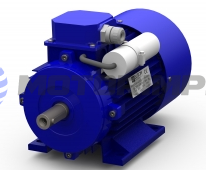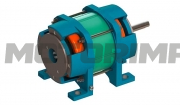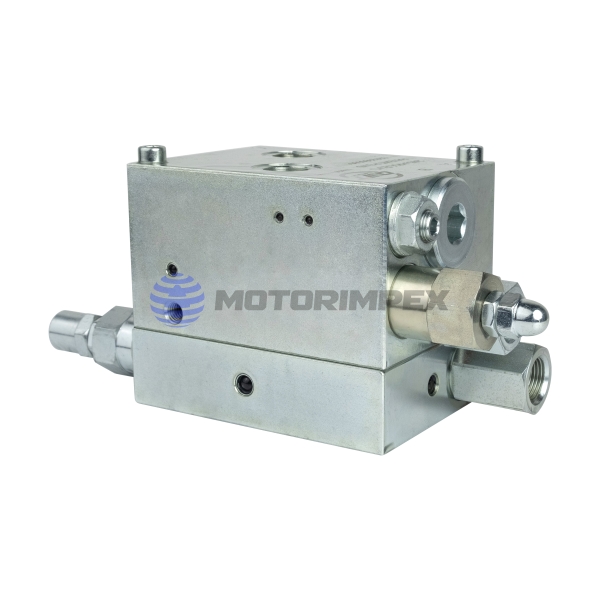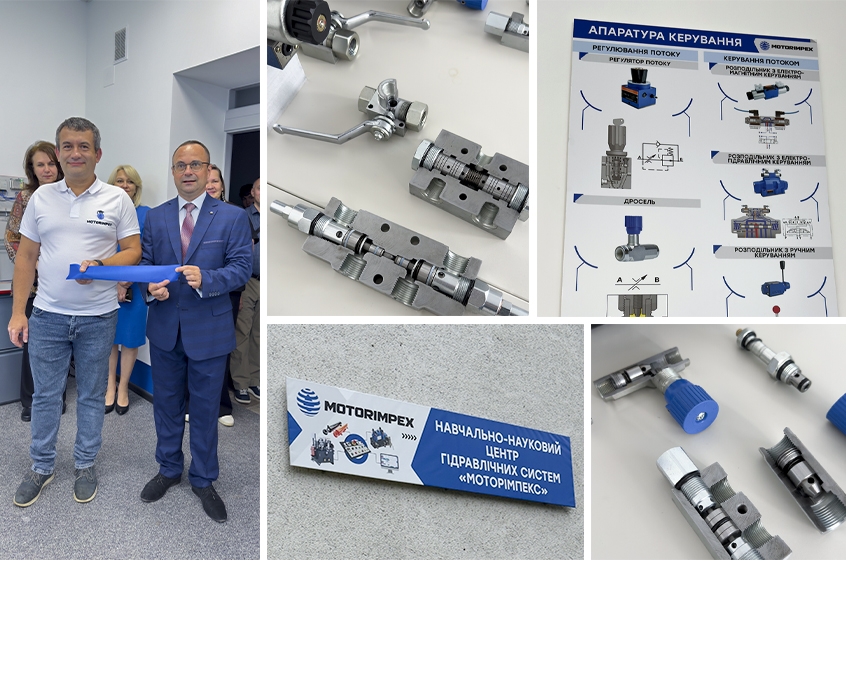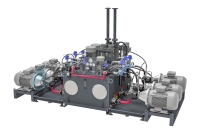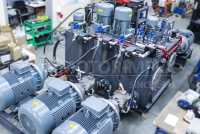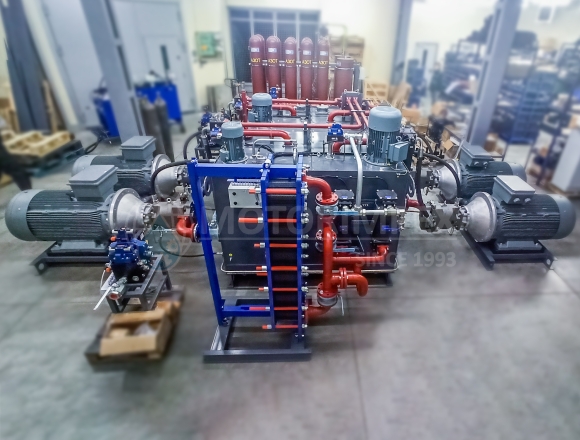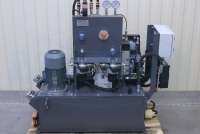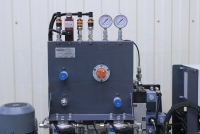
- Hydraulic equipment catalog
- Electric engines

Electric engines
Trading company "Motorimpex" also supplies electric motors for pump-motor units. The listed manufacturers are represented exclusively.
A wide range of models of various power levels is constantly in stock for immediate supply. All products listed in the technical catalogs are available for order.
nominal rotation speed: 1430 rev/min
maximum power: 0.12 kW
230 V; 50 Hz
nominal rotation speed: 2900 rev/min
maximum power: 0.75 kW
220 V; 50 Hz
nominal rotation speed: 1440 rev/min
maximum power: 2.2 kW
220 V; 50 Hz
nominal rotation speed: 2824 rev/min
maximum power: 4 kW
230 V; 50/60 Hz
nominal rotation speed: 1500 rev/min
maximum power: 4 kW
220 V; 50 Hz
nominal rotation speed: 6000 rev/min
maximum power: 108 kW
230–400 V ; 50 Hz
nominal rotation speed: up to 2710 rev/min
maximum power: 0.455 kW
230 V; 50 Hz
flanges B5, B14, B35
nominal rotation speed: 2880 rev/min
maximum power: 3 kW
230 V; 50 Hz
flanges B5, B14, B35
nominal rotation speed: up to 2890 rev/min
maximum power: 1.5 kW
230 V; 50 Hz
flanges B5, B14, B35
nominal rotation speed: 2880 rev/min
maximum power: 3 kW
230 V; 50 Hz
flange B5
nominal rotation speed: up to 2840 rev/min
maximum power: 3 kW
230 V; 50 Hz
nominal rotation speed: 2700 rev/min
maximum power: 3.5 kW
230 V; 50 Hz
pulling force: 6.8 t
flow rate: 60 l/min
working pressure: 155 bar
rope: 25 m x Ø 12 mm
pulling force: 4.5 t
motor displacement: 50 cm3/rev
flow rate: 5 - 45 l/min
rope: 25 m x Ø 10 mm
maximum working pressure: 290 bar
maximum displacement: 122.72 cm3/rev
maximum working pressure: 400 bar
maximum displacement of section: 75.1 cm3/rev
DN 6, 10
maximum working pressure: 315 bar
maximum flow rate: 180 l/min
capacity: 0.075–4 l
maximum working pressure: 350 bar
G3/8
maximum working pressure: 350 bar
DN 10
G1/4
maximum working pressure: 350 bar
maximum flow rate: 120 l/min
for ZF trucks
maximum continuous torque: 300 N∙m
G1/8, М5х0,8, G1/4, G3/8, G1/2
scheme: 5/2, 5/3
max. number of cycles per sec.: 5
response time: 0,05 sec








